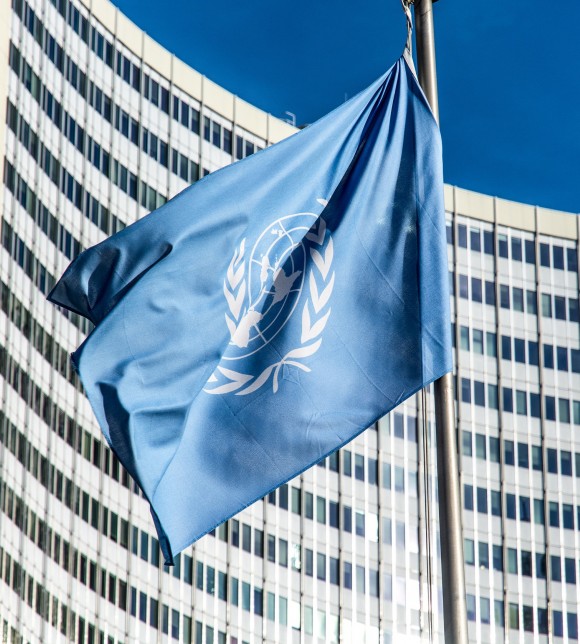Independent Review of the Value Added of the Central Emergency Response Fund (CERF) in Bolivia
The CERF has become a significant resource for natural disaster response and has been called upon frequently since its inception in 2006. The CERF was the largest humanitarian donor to Bolivia in 2010 and is the second largest to date in 2011. Although relations between humanitarian actors in the government, UN and INGOs are relatively open, the broader political context and the nature of funding flows mean that, in the event of a natural disaster, there is no single, jointly constructed response plan to which the CERF contributes. By extension, the CERF is not highly relevant to INGOs, given their access to alternative humanitarian funds. For UN Agencies and government, however, (‘technical’ ministries and sub national government in particular) it is recognised as highly important source of funding. The CERF is perceived to fill a number of gaps and there is anecdotal evidence to suggest that it was used for a range of important interventions for flood-affected populations in 2010, whether or not these interventions were the most time critical.
Suggested Citation
Format:
Tayler, G., (2011). Independent Review of the Value Added of the Central Emergency Response Fund (CERF) in Bolivia. United Nations Office for the Coordination of Humanitarian Affairs (OCHA), CERF, July.
